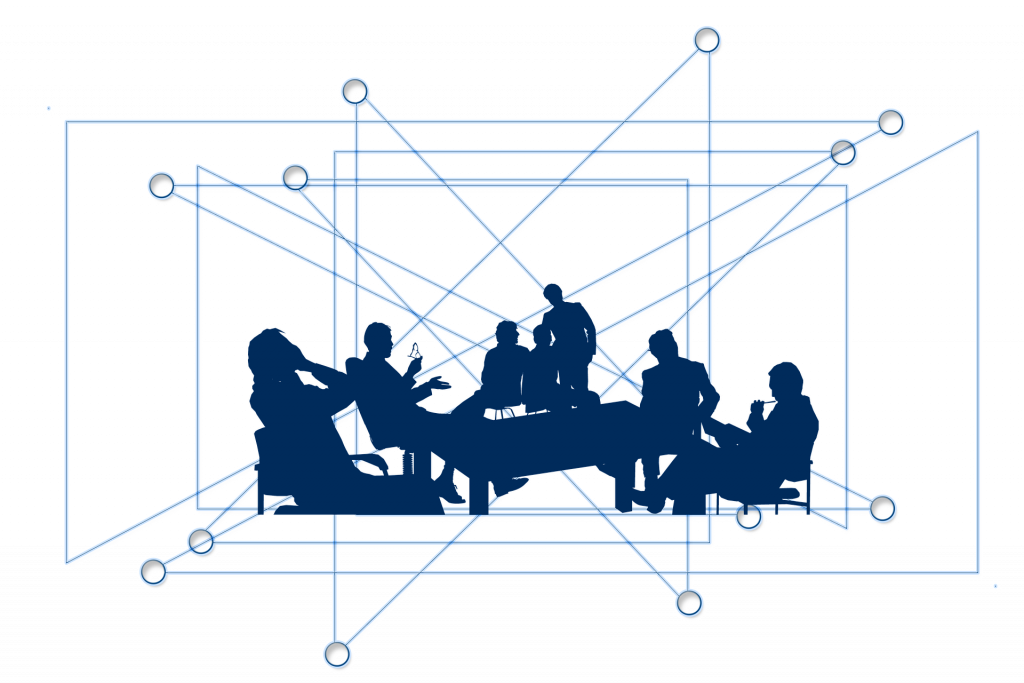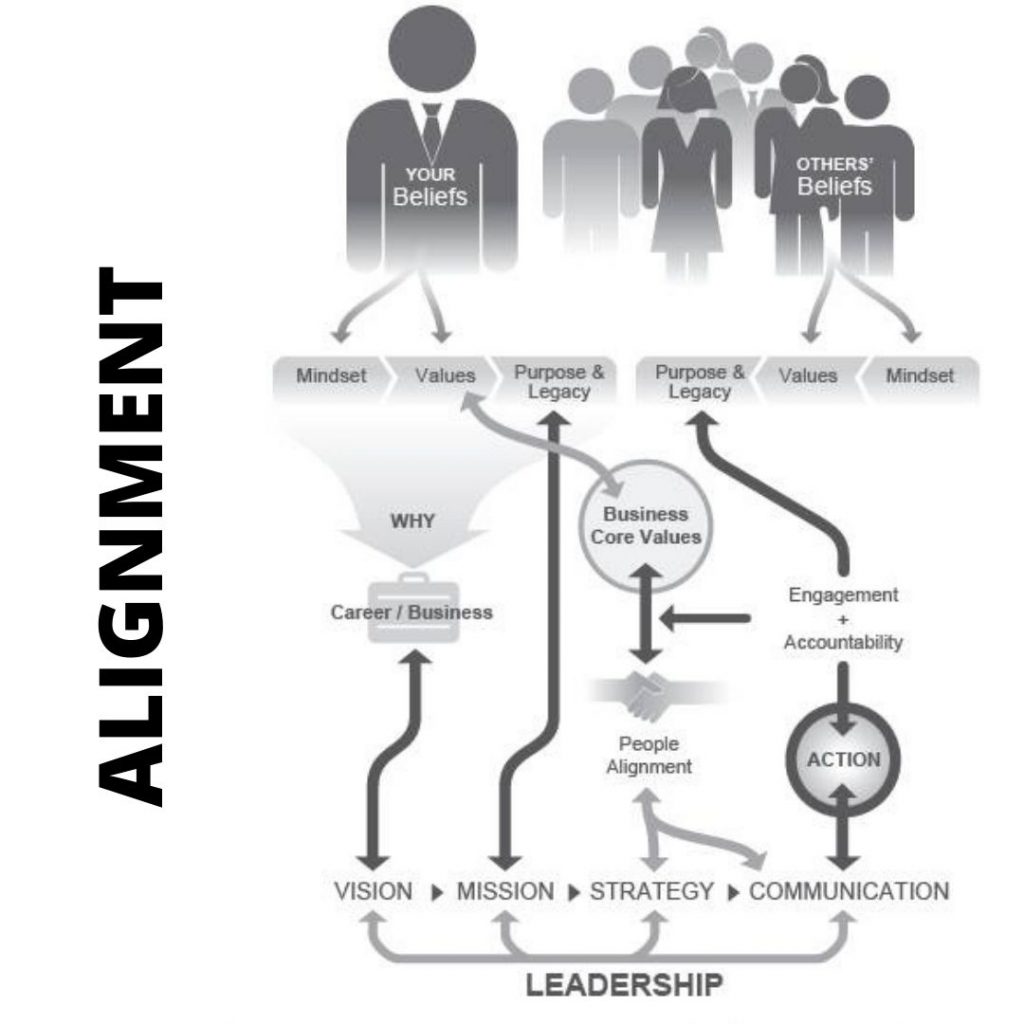Until recently, employee benefits costs – healthcare, in particular – have been considered a necessary cost of doing business, external to a company’s core products or services. An emerging school of thought, however, suggests that employee wellness affects much more than a company’s bottom line as a human resource expense. Wellness also affects absenteeism, productivity and efficiency. In other words, healthy employees are more likely to successfully contribute to a company’s core business than sick or injured employees who are unable to perform at optimal levels.
In this way, wellness does, indeed, contribute to every company’s bottom line and, as a result, needs to be stated as a measurable goal of every company. But how can wellness be quantified? Continue reading “A scorecard for your Wellness initiative”





